- Replies 36
- Views 8.4k
- Created
- Last Reply
Top Posters In This Topic
-
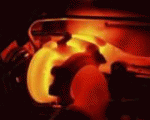 KATOOM 9 posts
KATOOM 9 posts -
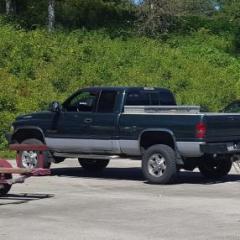 Dieselfuture 9 posts
Dieselfuture 9 posts -
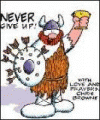 Haggar 4 posts
Haggar 4 posts -
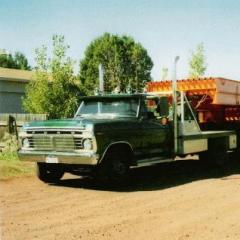 NIsaacs 3 posts
NIsaacs 3 posts
Most Popular Posts
-
This looks like it will fit: https://torqueking.com/product/90025/qu90025-rear-output-bushing-heavy-duty-241-261-263-transfer-cases/ https://torqueking.com/product/10586/tk1058
-
@Dieselfuture's head is now to big to fit thru a normal door opening.
-
Katoom, I figured it was a one piece. You have a significantly larger wear area on the yoke from the seal than I do. In a one piece shaft your tail shaft bearing plays a more significant



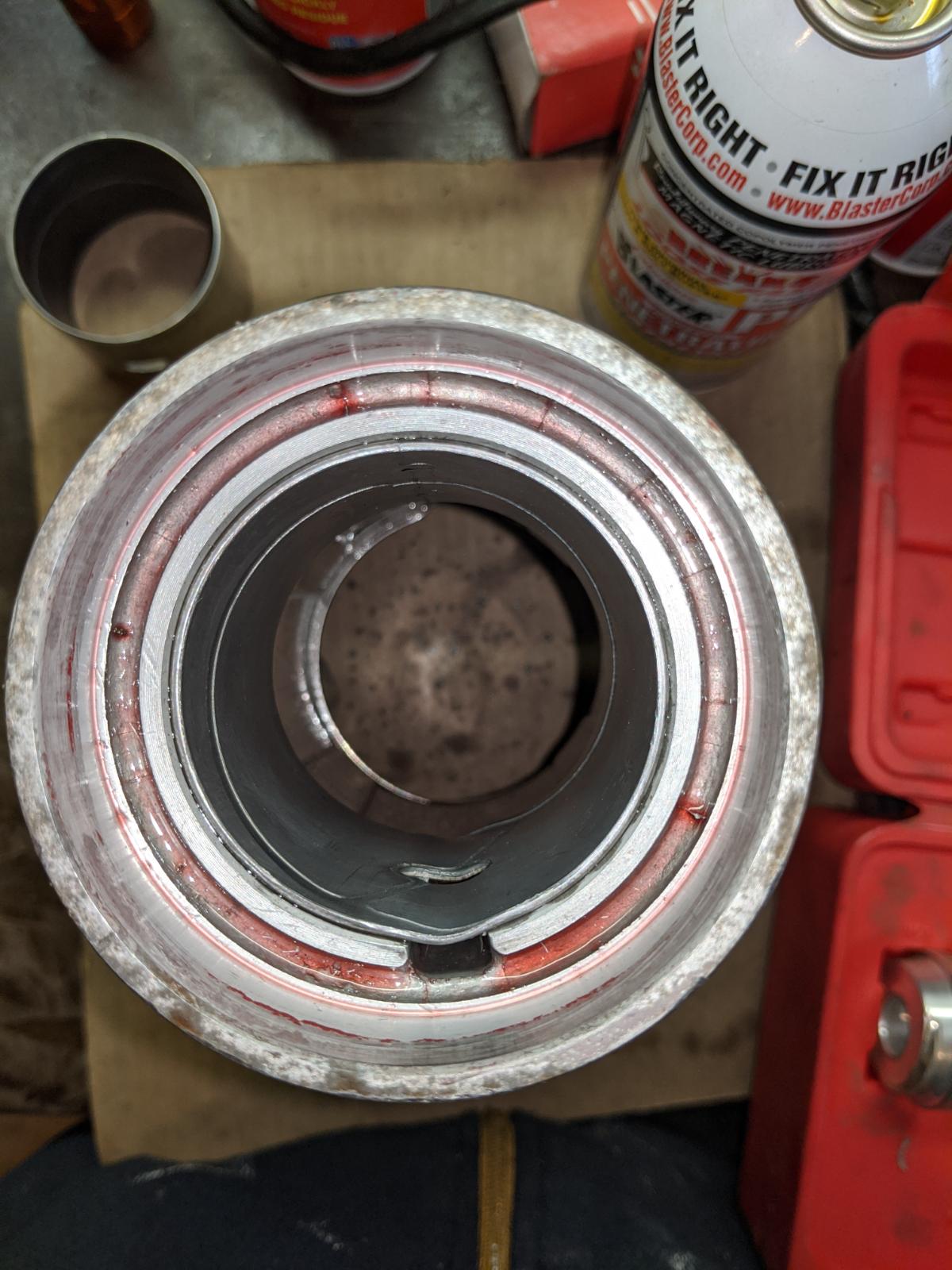

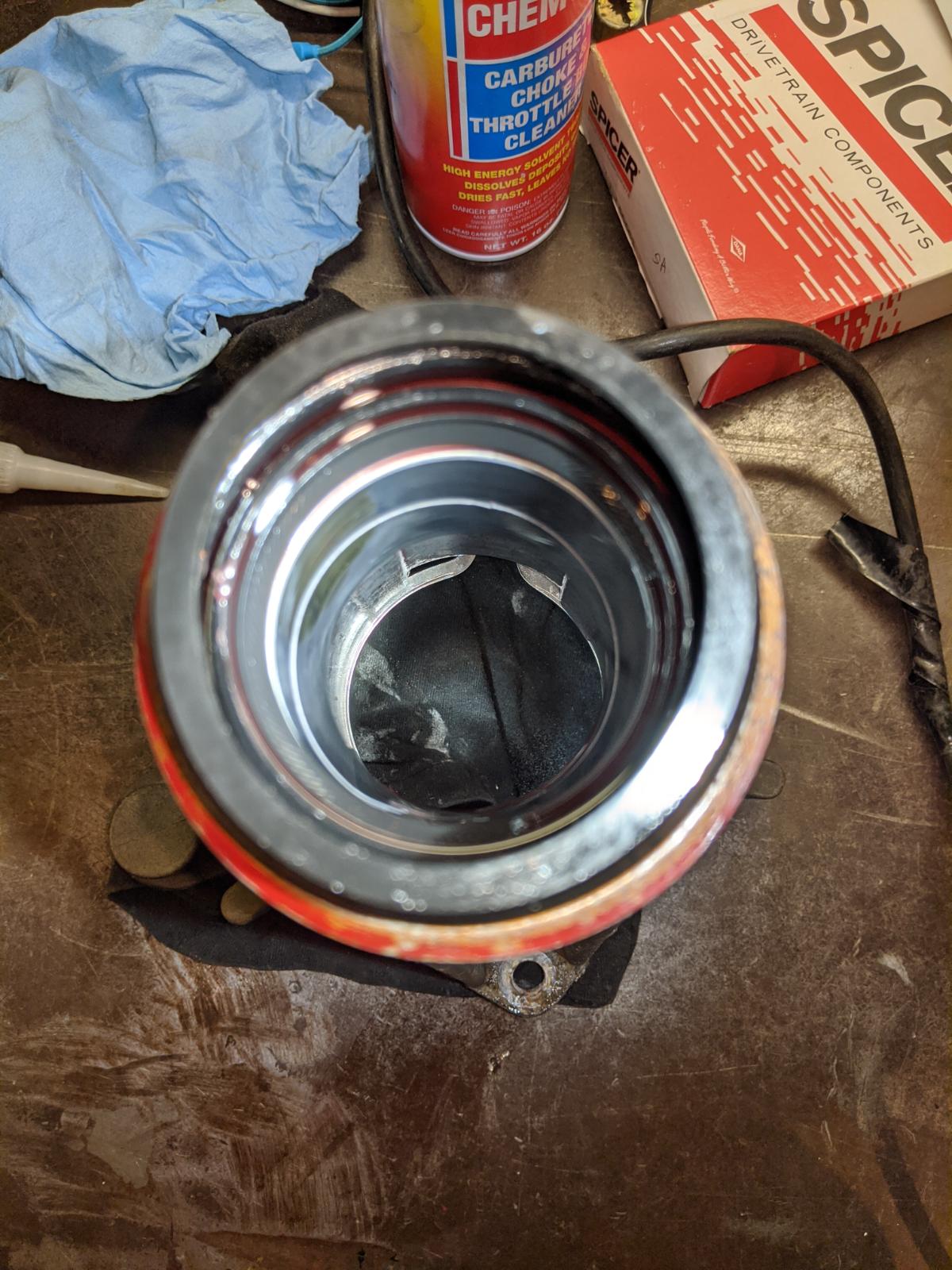
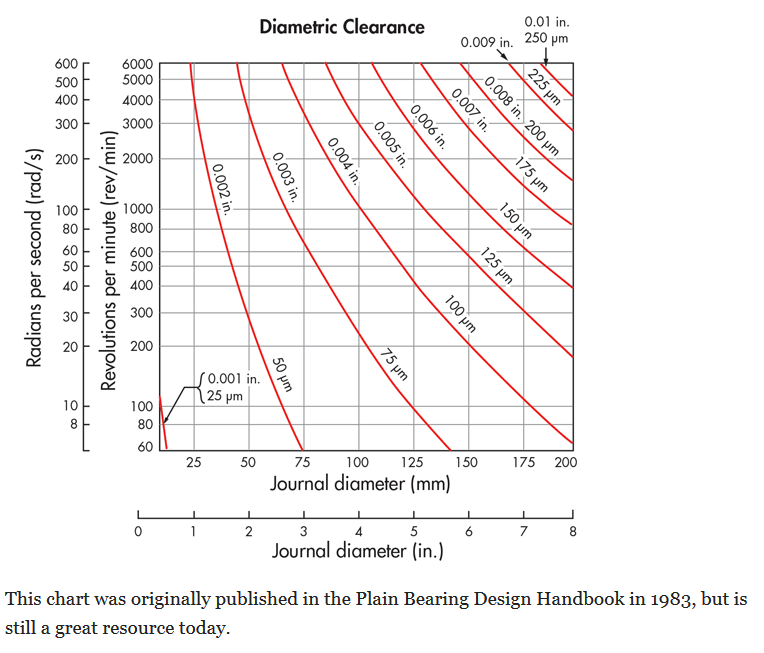
Does anyone know the part number for the NP241 DHD tailshaft bushing? I've been to the parts stores and the dealer but neither could help. I've seen a few versions online but I'm hoping to have the correct part delivered the first time.
The reason I'm doing this is because I've replaced the seal three times. The last time I researched and researched and determined the correct one since all have slightly different shaft size ID which is weird but nonetheless... So after installing the seal I thought was best the leak was gone for a long time. Then...as usual, I took the 5th wheel out for a camping trip and once again the tailshaft started puking like a stuck pig, spewing fluid spray all over the underside of the truck.
I measured the slip yoke play and its very minimal, but must be enough to allow deflection of the seal under power with 14k behind me.
Thanks guys...